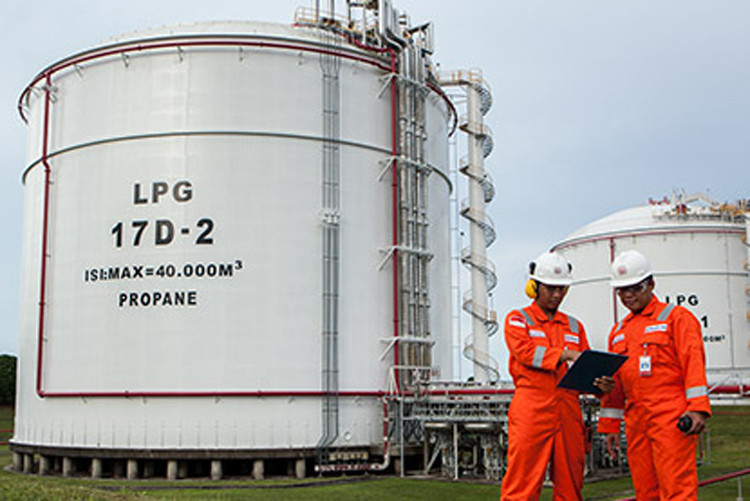Popular Reads
Top Results
Can't find what you're looking for?
View all search resultsPopular Reads
Top Results
Can't find what you're looking for?
View all search resultsCharting our energy future
Energy consumption in the Asia Pacific region alone is forecast to grow by almost two thirds by 2040.
Change text size
Gift Premium Articles
to Anyone
A
s world leaders return home after the COP26 conference in Glasgow, they are reflecting on the commitments made collectively by the countries of the world and the individual pledges by both government and the private sector to enable a lower carbon future.
Asia Pacific nations face the toughest task of all. Being home to three of the world’s top six economies – including two of which are among the world’s fastest growing and 10 of the world’s 20 smallest economies – collaborative agreement between countries and industry has to start now to reduce emissions.
The solutions are not simple, and it will require a collective will to achieve these shared aims.
There is no industry more consequential – or more crucial to our lives – than energy. We do not live in an “all or nothing” world. We live in a world that must balance the needs of today with the ambitions of tomorrow, which includes energy security and net zero aspirations.
To get there, we will need new partnerships, new collaborations, new investments and new innovation – and injections of spending estimated as high as US$30 trillion between now and 2050. That price tag is staggering, but we must find a path forward.
That’s why we’ve formed the Asia Natural Gas and Energy Association, or ANGEA.
It’s also why a united front is so desperately needed – with leaders and within our communities.
ANGEA members are actively investing in and transitioning to that future and are intent on helping deliver a better energy future for all.
I live in the United Kingdom where I have seen the importance of these decisions first-hand over the past several months. Every night, we have been seeing the impact on the news channels. Energy companies going bankrupt. Long lines at petrol stations. Electricity prices that have risen eight-fold this fall. Mothballed coal plants being pressed back into service.
Today, policymakers here and elsewhere are faced with hard choices. There are important decisions to be made to provide their citizens with access to reliable energy.
It is not lost on them that the foundation of economic progress is access to uninterrupted and affordable energy. Never have those choices been more challenging and the decisions more important.
Many people want to write the first and the last chapter of the energy system book and skip the middle chapters.
But these next chapters – on what we must do – are the most important.
We need to establish complementary energy solutions, building off the base of a proven system as we develop and scale new technologies. At the same time, we need to ensure the growing demand for reliable energy in both developing and developed nations are met.
Energy consumption in the Asia Pacific region alone is forecast to grow by almost two thirds by 2040. Meeting this demand is a priority for governments in the region.
We must find complementary, not competing solutions. Energy conservation will play a role. Renewables will become even more important. And, new form of energy, including hydrogen, must be developed at scale.
Natural gas, the cleanest of the fossil fuels, will underpin transitions. Natural gas delivers the dual benefits of providing greater energy security and achieving lower carbon targets. It will deliver this not years from now, but today. Natural gas must be part of the energy transition plans those countries are considering.
We’ve formed ANGEA to encourage collaboration, establish sound policy and to work in partnership with governments and organizations to deliver energy solutions.
ANGEA brings together energy producers, consumers, suppliers and service companies that have combined capabilities to deliver solutions.
Bringing the energy incumbents into the conversation will enable and accelerate transitions. Energy companies, and the people who work for them, have created technologies that have proved their ability to reduce emissions. The industry has employed technology to reduce greenhouse gas emissions that are in place and working today. These are not pie in the sky ideas. They are practical and realistic.
ANGEA will facilitate an open, honest dialogue with decision-makers about practical, achievable goals.
Today, the conversation and collaboration must be about establishing responsible policy, providing for today’s needs as well as for the future.
Only by weighing all options, and working together to make informed decisions, will we be able to set forward on this path.
***
The writer is chairman of Asia Natural Gas and Energy Association and president of Chevron Eurasia Pacific Exploration and Production.











